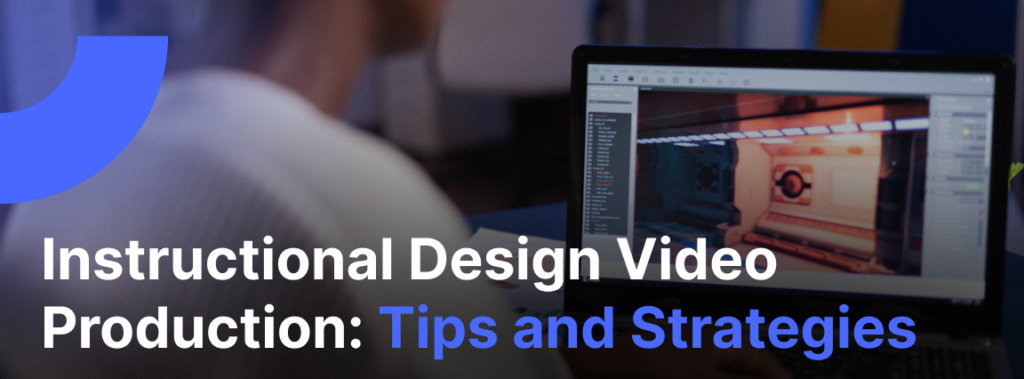Instructional design can shake the reality of e-learning video production. And even the education system in general. Take, for instance, the flipped classroom model, which converts traditional teaching. Instead of students passively absorbing information in class, they engage with video content at their own pace before attending live discussions or activities. This approach not only caters to diverse learning styles but also maximises classroom time for interactive and collaborative experiences.

Consider the power of microlearning, another instructional design gem that uses the strength of short, focused video snippets. Whether it’s a quick tutorial on a complex concept or a bite-sized piece of information for on-the-go learners, microlearning ensures that knowledge is delivered and retained. Picture a sales team accessing brief product training videos before a client meeting, reinforcing essential details in minutes. It’s about providing targeted content when and where it matters most, making learning an integrated part of daily activities.
Get ready to shift gears from the conventional to the extraordinary as we dive into the realm where instructional design meets the spotlight of video production. Let’s go!
Mastering Instructional Design
Venturing the journey of instructional design is akin to setting the stage for an educational masterpiece. Imagine crafting a learning experience where each element has its place, and the audience is not merely spectators but active participants. In this digital age, instructional design video production goes beyond traditional approaches, incorporating innovative methods that cater to diverse learning styles.
Take the concept of adaptive learning, for instance. Adaptive learning platforms utilise algorithms to tailor educational content based on individual progress and understanding. This dynamic approach ensures learners receive personalised instruction, adapting to their strengths and addressing specific challenges. Picture a scenario where a student, mastering mathematical concepts swiftly, moves ahead to more advanced topics while another, seeking additional support, receives targeted resources for reinforcement. Adaptive learning not only enhances engagement but also significantly improves knowledge retention.

Additionally, the incorporation of gamification in instructional design adds fun to the learning process. Gamified features, such as quizzes, challenges, or progress tracking, turn the educational journey into an interactive game. This approach is efficient in corporate training, where employees can engage in friendly competition, earning badges or rewards as they acquire new skills. The gamification of instructional design transforms the learning landscape, making it an enjoyable and motivating experience for participants of all ages. Mastering instructional design involves weaving together these innovative approaches, creating an educational tapestry that resonates with the ever-evolving preferences and needs of learners.
Video Production Essentials
Lights, camera, education! The global e-learning market’s projected growth to $325 billion by 2025 underscores the increasing demand for well-produced educational videos. That is why we need to take into account the educational video production process specifics.
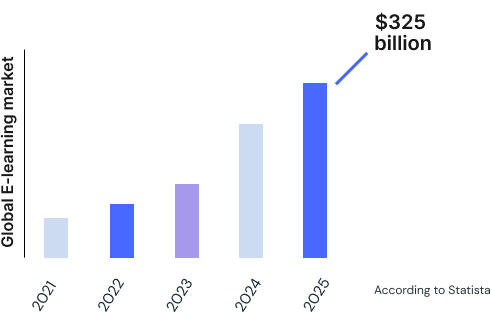
As we look into the heart of video production essentials, we must recognise the transformative power well-crafted videos wield in the educational landscape. Consider the art of storytelling through visuals and sound—a prime example lies in explainer videos. These concise, engaging videos break down complex topics using captivating visuals and clear narration. Companies like Dropbox have embraced explainer videos to introduce new features or services, simplifying intricate concepts and ensuring their audience grasps the information effortlessly. This method exemplifies the impact of visual storytelling in making educational content accessible and memorable.
Audio quality, often underestimated, is a core element in effective video production. An illustrative case is the TED Talks series, renowned for its crystal-clear audio. The meticulous attention to sound quality enhances the overall viewer experience, ensuring the speakers’ messages are conveyed with maximum impact. This emphasises a broader truth—whether you’re creating instructional content or sharing groundbreaking ideas, investing in quality audio equipment is a non-negotiable aspect of video production. As the saying goes, “The clearest speaking voice is heard the loudest,” In instruction design video production, clarity is vital.
Addressing Learning Styles
Education is not one-size-fits-all, and addressing diverse learning styles guides instructional design. Imagine implementing a flipped classroom model where students engage with video lessons at their own pace outside of class. This approach not only caters to different learning speeds but also transforms classroom time into dynamic discussions and collaborative activities. Moreover, the power of visual learning is evident in the success of platforms like Khan Academy, utilising instructional videos to break down complex subjects. By incorporating visual elements, learners who prefer visual information processing can absorb and retain information more effectively. These examples underscore the significance of tailoring instructional design to accommodate various learning styles, creating an inclusive educational experience where every student can thrive.
Corporate Training
As we navigate the landscape of instructional design video production, the impact extends seamlessly into corporate training, where the numbers speak volumes. A noteworthy survey by the Training Industry revealed that 94% of employees expressed greater job satisfaction when companies invested in their learning and development. This statistic underscores the pivotal role instructional design plays in corporate training, not just as a means of disseminating information but as a catalyst for employee engagement and professional growth.

Companies like IBM have embraced the video-based movement, leveraging its scalability and flexibility. Instructional design creating video training can ensure that employees receive information and an immersive learning experience that enhances skill development, boosts productivity, and contributes to overall organisational success. The convergence of instructional design and video production in the corporate landscape is not just a trend; it’s a strategic imperative for cultivating a workforce equipped with the knowledge and skills essential for navigating the complexities of the modern business world.
There are various different instruments for e-learning video production online. One of the platforms you can use to do video training for your staff is elai.io. Here, you can easily choose a photo of, let’s say, your team’s manager, upload it with the audio you need and create a speaking avatar on a particular topic. Imagine that it’s just a few clicks apart from the perfect material, and you don’t even need hard educational video production programs. Elevate your training game with elai.io and redefine how your team learns and grows. Effortless, engaging, and undeniably effective.
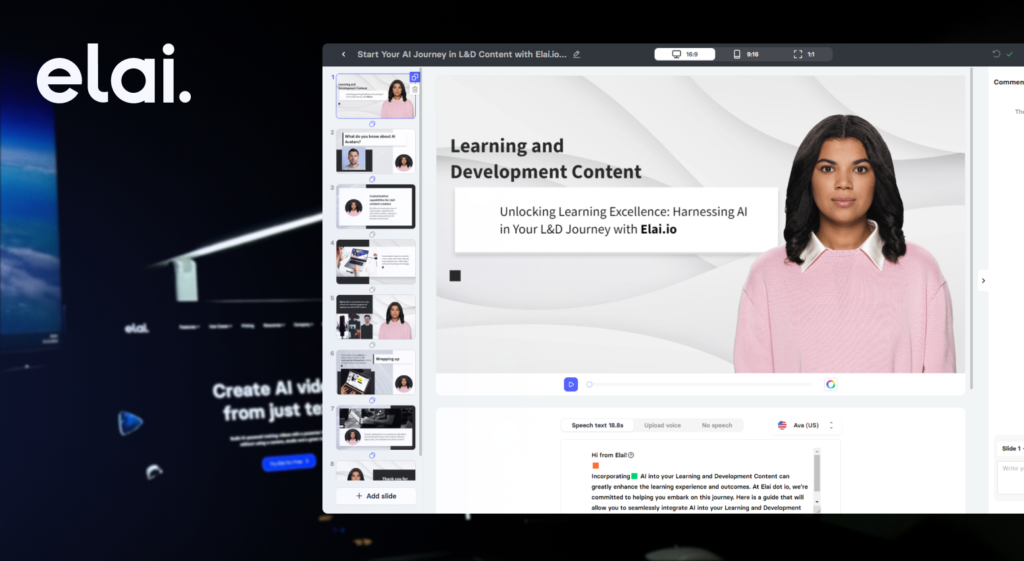
Engaging Introductions
Now, let’s dive into the nitty-gritty of video production, uncovering essential tips that empower instructional design video creation. Consider the importance of engaging introductions—a critical element highlighted by research showing that viewers decide within the first 10 seconds whether to continue watching a video. Take inspiration from successful YouTube channels like TED-Ed, renowned for their compelling video introductions that captivate audiences and set the stage for effective learning. Additionally, the significance of interactive elements cannot be overstated. Research indicates that incorporating interactive features increases engagement and information retention. Platforms like Coursera leverage quizzes and discussion forums within instructional videos, transforming passive viewing into an active learning experience. By integrating these tips into video production, instructional designers not only capture attention but also elevate the overall impact of educational content in the digital landscape.
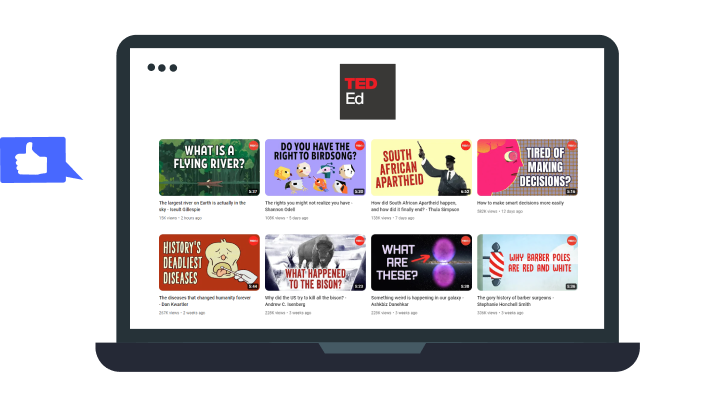
Visual Storytelling Techniques
In instructional design video production, mastering visual storytelling techniques becomes a core element for creating memorable and compelling content. Consider the power of storytelling, backed by research revealing that narratives stimulate the brain, making information more relatable and memorable. Embrace techniques like using relatable characters or real-world scenarios to convey complex concepts. Khan Academy, for instance, expertly utilises visual storytelling in its instructional videos, simplifying intricate subjects through engaging narratives. By weaving a compelling story, instructional designers can turn abstract ideas into tangible, memorable lessons, fostering a deeper connection with the audience impact of educational content.
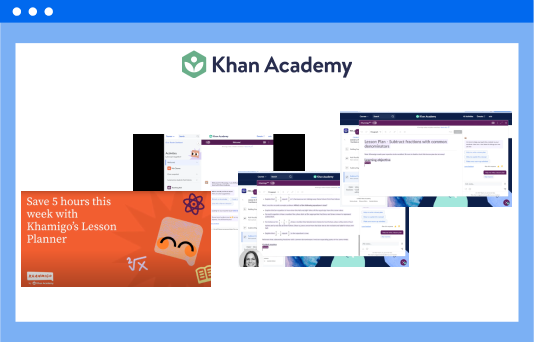
Quick Summary
In the dynamic world of instructional design video production, we’ve uncovered a spectrum of strategies shaping the future of educational experiences. From mastering the canvas of instructional design to diving into the essentials of video production, we’ve explored the interplay that defines e-learning. Addressing diverse learning styles and significantly impacting corporate training underscore the inclusive nature and relevance of instructional design video production. Engaging introductions and visual storytelling techniques, exemplified by TED-Ed and Khan Academy, serve as critical tools in this intricate tapestry.
As instructional designers refine their craft, these insights converge into a symphony of engaging, impactful, and memorable educational content. The statistics echo the importance, with almost 100% of employees expressing heightened job satisfaction when companies invest in their learning and development. In the multifaceted landscape of instructional design video production, these strategies form the foundation for a transformative future in learning experiences.
